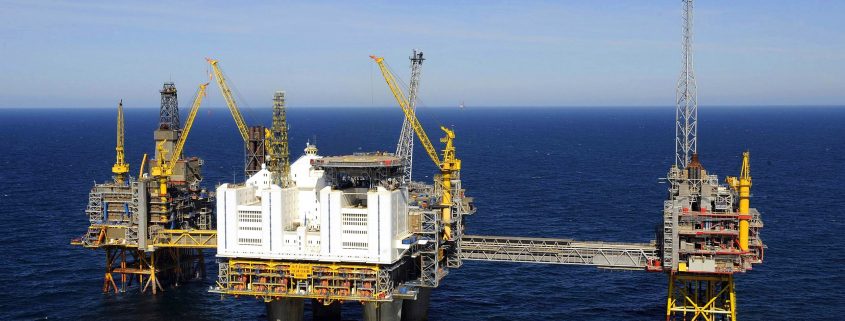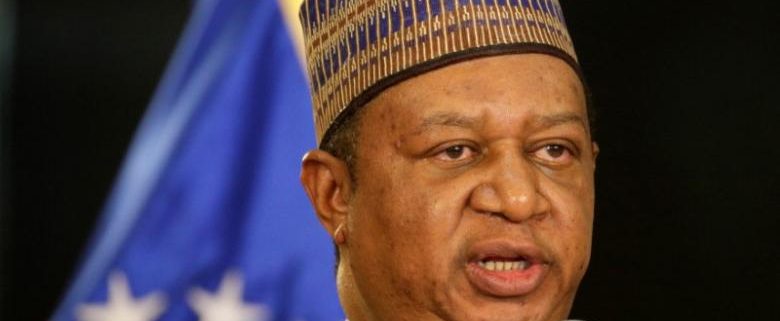Output Cuts prolonged; Oil price falls
OPEC made a decision today. It agreed to extend oil output cuts untill March 2018.
OPEC’s cuts have led the oil prices back over $50 a barrel. Giving a fiscal stimulus to producers. To those countries who rely on energy revenues. And who have had to burn through foreign-currency reserves to cap holes in their budgets.
The market was expecting the prolonged Oil output cuts. They started from output levels in October 2016, and will now last till March of 2018.
By 10:30 a.m. ET, Brent crude was 0.7 percent down. It was trading at around $53.50 per barrel. With it having chopped earlier losses for OPEC having said it would not deepen the cuts. Nor extend them by 12 months.
The first output cuts were officially brought up in December 2016. They were led by member Saudi Arabia and non-member Russia. It was the first cut in 15 years, aiming to rebalance Oil market. They decided to cut 1.8 million bpd from the market in the first half of 2017.
Essam al-Marzouq said that today, OPEC decided to keep its own cuts of around 1.2 million bpd. Cuts will last nine months.
”Despite the output cut, OPEC kept exports fairly stable in the first half of 2017 as its members sold oil from stocks.” (Reuters)
“There have been some suggestions for the deeper cuts. And many member countries have indicated flexibility but … that won’t be necessary.”

By the words of Khalid Al-Falih, the deeper and longer cuts are not necessary for now.
Nigeria and Libya position
The third of world’s oil production comes from OPEC countries. The new reduction of 1.2 bpd was made based on October 2016 output of around 31 million bpd. This cuts exclude Libya and Nigeria.
Nigeria and Libya would be excluded from current output cuts, said Falih.
Also, he explained that Saudi oil exports will decline considerably from June. This way helping to speed up market rebalancing.
Today’s meeting has shown that medium-term cooperation with non-OPEC producers is very important in order to achieve the market rebalance.
“Russia has an upcoming election and Saudis have the Aramco share listing next year so they will indeed do whatever it takes to support oil prices.” (Gary Ross)
OPEC aims
OPEC has a self-imposed aim. It is to bring the stocks down, from a record high of 3 billion barrels. OPEC aims to lead them to their five-year average of 2.7 billion.
“We have seen a substantial drawdown in inventories that will be accelerated. Then, the fourth quarter will get us to where we want.” (Khalid Al-Falih)
The main reason why OPEC also faces the dilemma of not pushing oil prices too high.. Is because that could lead to U.S. further drilling way higher. And it would seriously rival Saudi Arabia and Russia as the world’s biggest producers.
“Less OPEC oil on the market enhances the opportunity for American energy to fill needs around the world, and will help us achieve energy dominance.” (Ryan Sitton said)
In order to achieve the fast & healthy market rebalance, OPEC countries must build the good relation with non-member countries. And by that build a global Oil zone in which the participants carefully pull their further steps.











 They also met top trading houses Vitol and Litasco in Vienna in November, before the previous OPEC meeting. (According to some non-official news.)
They also met top trading houses Vitol and Litasco in Vienna in November, before the previous OPEC meeting. (According to some non-official news.)












 In the meantime, the Cosmo Energy has an Aframax vessel Almi Star with 300,000 barrels of Southern Green Canyon crude and Domestic Sweet Blend outside of Houston. Later it is picking up for further 300,000 barrels of Maya crude at Dos Bocas, Mexico.
In the meantime, the Cosmo Energy has an Aframax vessel Almi Star with 300,000 barrels of Southern Green Canyon crude and Domestic Sweet Blend outside of Houston. Later it is picking up for further 300,000 barrels of Maya crude at Dos Bocas, Mexico.






